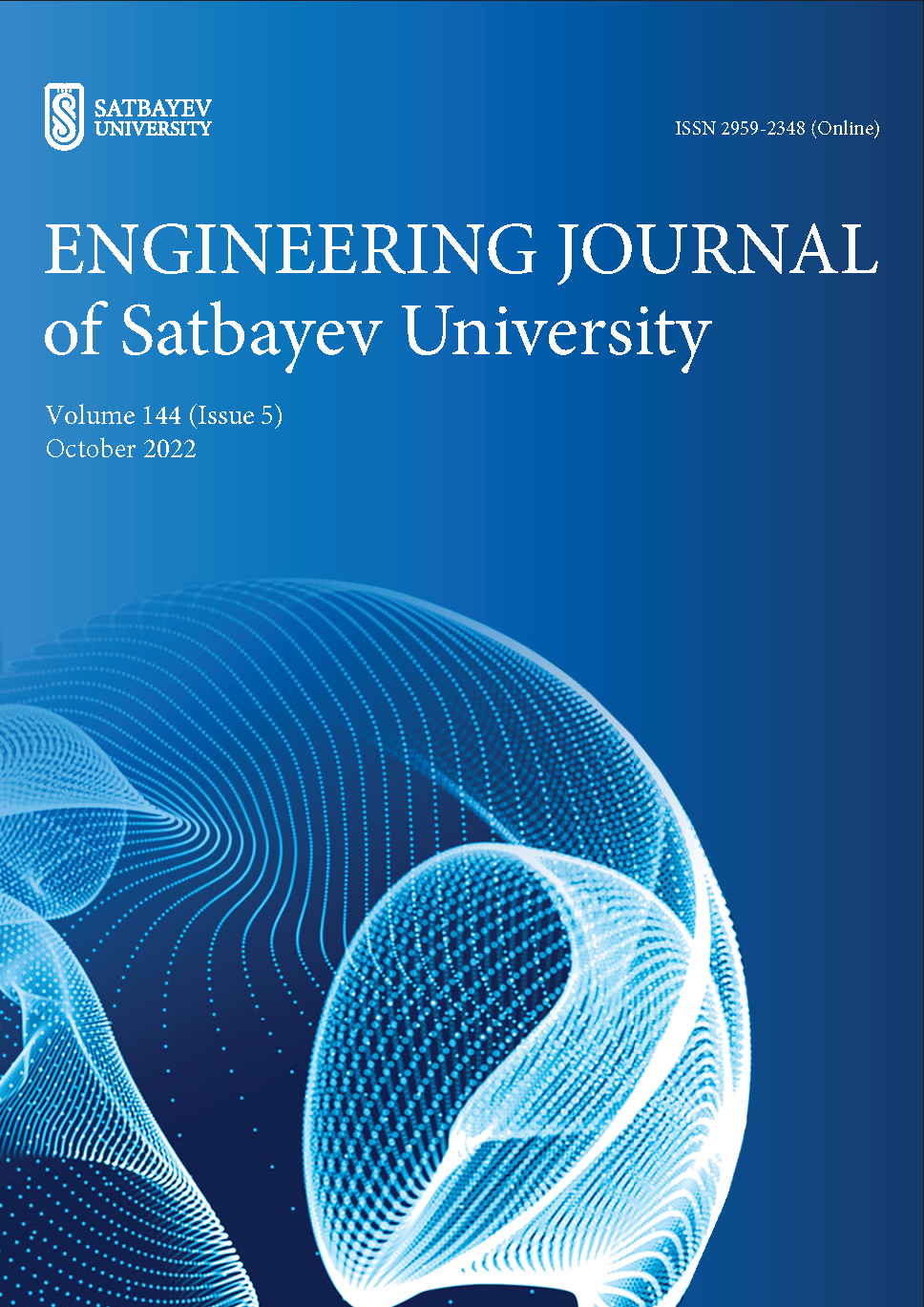Estimation of recoverable reserves of carbonate reservoirs at the early development stage
DOI:
https://doi.org/10.51301/ejsu.2022.i5.05Keywords:
carbonate reservoirs, operational reserve evaluation, displacement characteristics, fractional flow, analytical model, numer-ical model, technological production data, statistics, adaptationAbstract
Nowadays the boundary parameters of reservoir identification are expanding due to the scientific and technological progress which cause in the improvement of field development technologies and the creating of new EOR (enhanced oil recovery) methods. Usually new oil fields are presented by low-permeable rock with complex geological structure which results in demand of updated analytical tools, because existing methods of oil displacement characteristics construction annually loses its relevance. The aim of this article is to present new methodology of operational evaluation of recoverable oil reserves both for terrigenous and carbonate reservoirs, which considers the difference and features of poroperm properties of reservoirs. This methodology is based on special core analysis and relative permeability curves which are less time-consuming comparing to 3D simulational model. The fractional flow curve was used as a basic tool which operates current water saturation as reserves recovery and phase permeability, as equivalent to water cut. Modifying these parameters makes it possible to predict the flow process and reserves recovery. The comparison of obtained results with the results of applying traditional methods shows a high level of forecasting reliability, since the retrospective forecast was fully confirmed by historical development data.
Downloads
Published
How to Cite
Issue
Section
License
Copyright (c) 2022 Engineering Journal of Satbayev University

This work is licensed under a Creative Commons Attribution-NonCommercial-NoDerivatives 4.0 International License.
<div class="pkpfooter-son">
<a rel="license" href="http://creativecommons.org/licenses/by-nc/4.0/"><img alt="Creative Commons License" style="border-width:0" src="https://i.creativecommons.org/l/by-nc/4.0/80x15.png"></a><br>This work is licensed under a <a rel="license" href="http://creativecommons.org/licenses/by-nc/4.0/">Creative Commons Attribution-NonCommercial 4.0 International License</a>.
</div>





